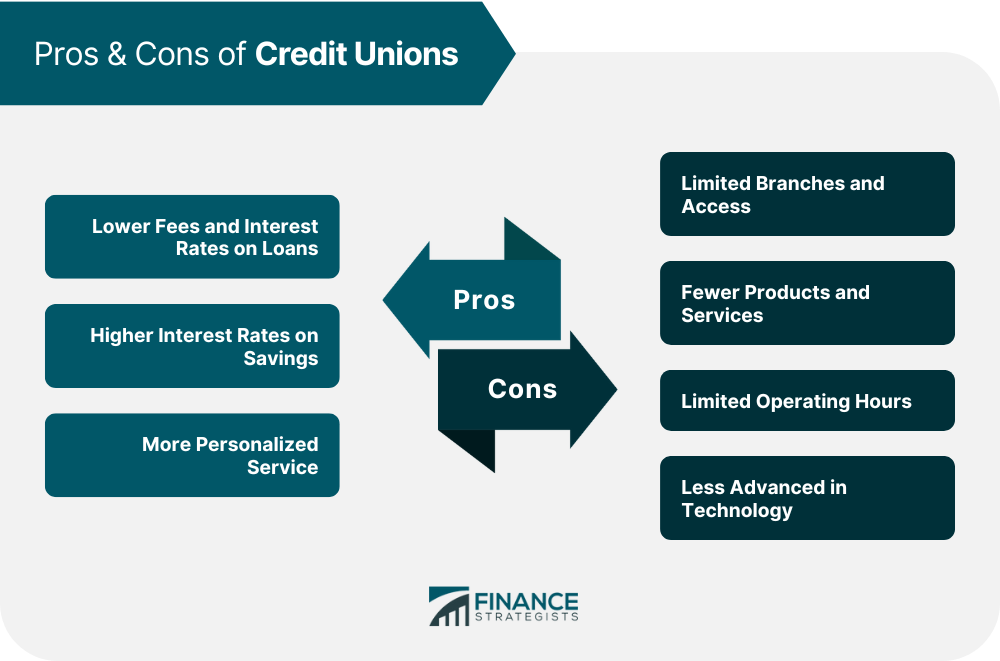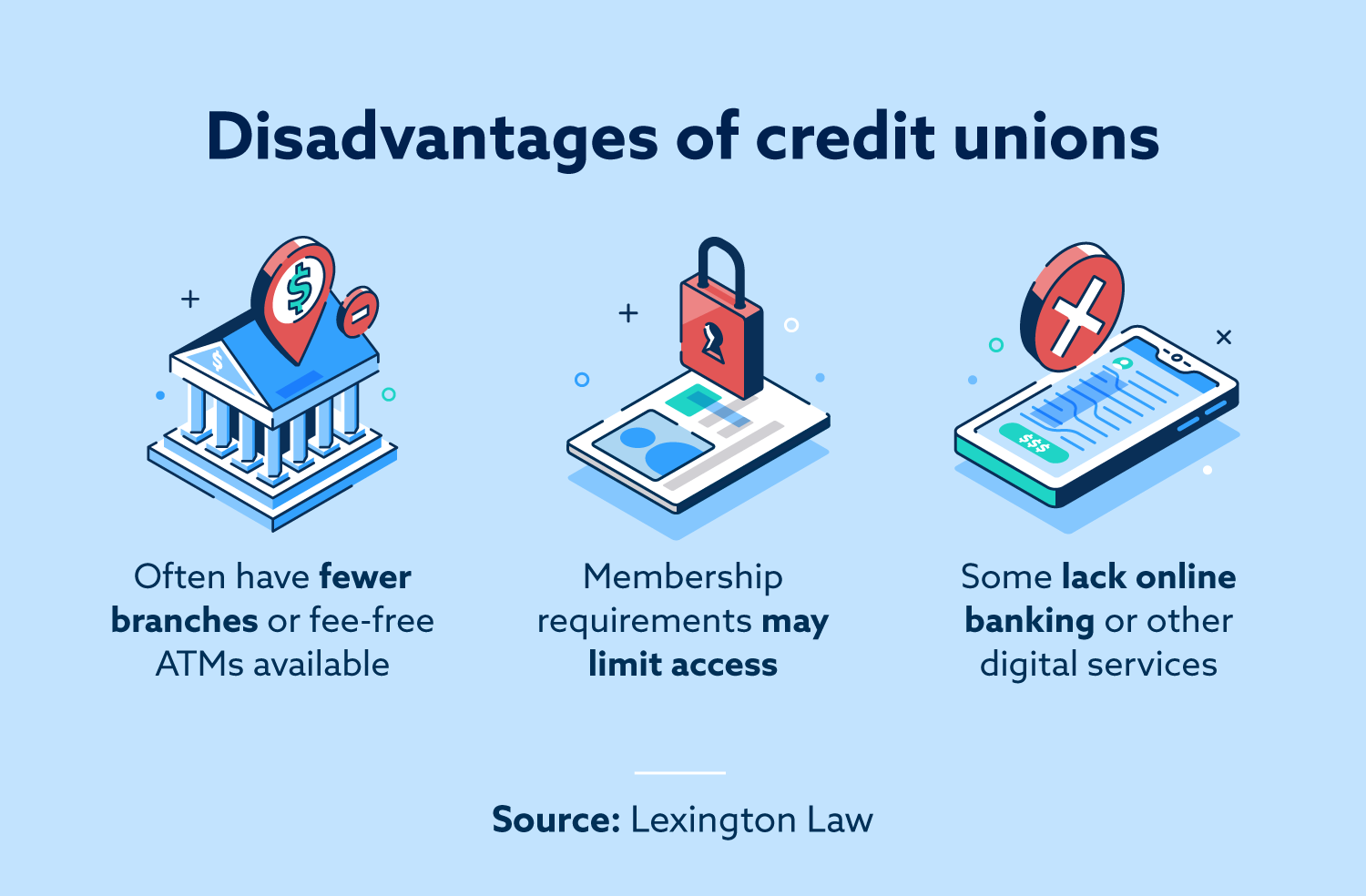The Ultimate Overview to Recognizing Credit Unions

Credit scores unions stand as distinct monetary entities, rooted in principles of common assistance and member-driven procedures. Beyond their foundational worths, understanding the intricate operations of credit unions entails a much deeper exploration. Deciphering the complexities of membership eligibility, the advancement of services offered, and the distinctive benefits they bring calls for a detailed evaluation. As we browse with the complexities of cooperative credit union, an insightful journey waits for to shed light on these member-focused establishments and how they vary from typical financial institutions.
What Are Lending Institution?
Lending institution are member-owned financial organizations that use a range of banking solutions to their members. Unlike standard financial institutions, cooperative credit union run as not-for-profit companies, suggesting their primary emphasis gets on offering their participants instead of optimizing profits. Participants of a credit score union generally share a typical bond, such as helping the exact same company, belonging to the same community, or being part of the exact same organization.
One of the essential benefits of cooperative credit union is that they commonly use higher rates of interest on interest-bearing accounts and reduced rates of interest on financings contrasted to financial institutions. Credit Unions in Wyoming. This is due to the fact that credit unions are structured to profit their members straight, permitting them to hand down their profits in the form of far better rates and fewer fees. Furthermore, credit report unions are understood for their individualized consumer solution, as they focus on developing connections with their members to comprehend their special economic requirements and objectives
History and Advancement of Lending Institution
The origins of member-owned monetary cooperatives, recognized today as credit score unions, trace back to a time when neighborhoods looked for options to typical banking establishments. The idea of credit report unions come from the 19th century in Europe, with Friedrich Wilhelm Raiffeisen often attributed as the pioneer of the participating banking activity. Raiffeisen established the initial acknowledged credit score union in Germany in the mid-1800s, stressing community support and self-help principles.
The evolution of debt unions continued in North America, where Alphonse Desjardins established the very first credit scores union in Canada in 1900. Quickly after, in 1909, the first U.S. lending institution was formed in New Hampshire by a group of Franco-American immigrants. These early lending institution operated the fundamental principles of shared aid, autonomous control, and member ownership.
Gradually, lending institution have expanded in appeal worldwide due to their not-for-profit structure, emphasis on offering members, and using affordable financial services and products. Today, credit report unions play an essential duty in the financial industry, offering community-oriented and accessible banking choices for individuals and companies alike.
:max_bytes(150000):strip_icc()/dotdash-credit-unions-vs-banks-4590218-v2-70e5fa7049df4b8992ea4e0513e671ff.jpg)
Membership and Eligibility Standards
Subscription at a lending institution is normally restricted to people satisfying particular eligibility requirements based upon the organization's founding principles and regulative needs. These criteria commonly consist of elements such as geographical area, employment condition, subscription in particular organizations, or affiliation with certain teams. Credit score unions are known for their community-oriented method, which is shown in their subscription requirements. Credit Unions in Wyoming. Some credit report unions might only serve people that live or function in a particular area, while others may be tailored to employees of a certain company or members of a particular association.
Furthermore, credit scores try this web-site unions are structured as not-for-profit organizations, suggesting that their key goal is to serve their members as opposed to create profits for investors. This concentrate on member service frequently equates into more customized interest, reduced charges, and affordable rates of interest on car loans and cost savings accounts. By satisfying the eligibility criteria and becoming a member of a cooperative credit union, individuals can access a series of monetary product or services tailored to their certain needs.
Providers and Products Provided
One of the key aspects that sets credit unions apart is the diverse range of monetary solutions and items they use to their participants. Credit history unions normally provide standard financial solutions such as cost savings and examining accounts, car loans, and credit rating cards.
In addition, cooperative credit union frequently provide practical online and mobile financial options for participants to quickly handle their funds. They may offer perks such as shared branching, permitting participants to access their accounts at various other cooperative credit union across the country. Some credit history unions likewise offer insurance coverage items like home, life, and car insurance to help participants shield their properties and enjoyed ones.

Benefits of Banking With Cooperative Credit Union
When considering financial organizations, exploring the benefits of banking with credit score unions exposes unique advantages for participants seeking personalized solution and affordable rates. Unlike large financial institutions, credit score unions are member-owned and focus on building solid connections with their participants. Generally, banking with more information a debt union can provide an extra personalized, affordable, and member-centric monetary experience.
Verdict
In final thought, credit unions stand out as member-owned economic establishments that prioritize serving their participants over optimizing revenues. With origins dating back to 19th century Europe, credit rating unions adhere to principles of mutual aid and participant ownership.
Credit rating unions are member-owned economic organizations that provide an array of financial services to their participants. The principle of credit scores unions originated in the 19th century in Europe, with Friedrich Wilhelm Raiffeisen commonly credited as the leader of the cooperative financial movement.The advancement of credit history unions continued in North America, where Alphonse Desjardins established the initial credit More Help score union in Canada in 1900. Credit history unions usually give conventional financial services such as cost savings and checking accounts, financings, and credit report cards.When thinking about economic institutions, checking out the benefits of banking with debt unions exposes one-of-a-kind benefits for members seeking personalized service and affordable prices.